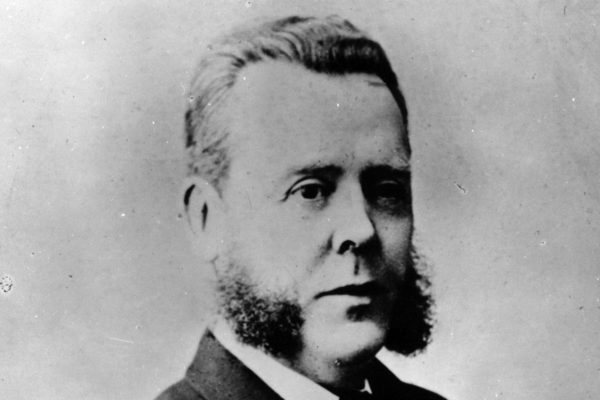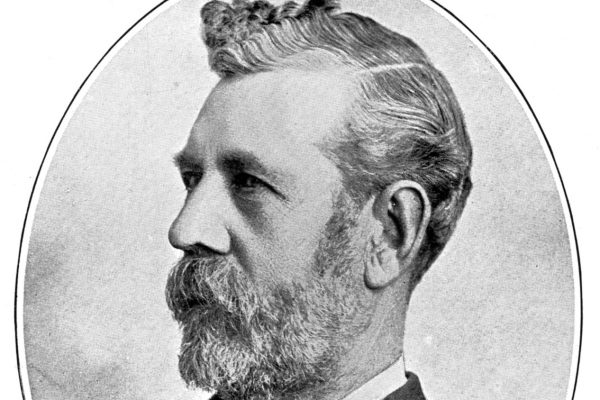
Houses of Parliament. Source: Wikimedia.
The Great Reform Act 1832 extended the vote to around one in seven men, based on the property they owned, and tackled the problem of rotten boroughs – areas where only a handful of voters, often controlled by landowners, elected Members of Parliament. Constituency boundaries were redrawn and newly industrialised towns could elect their own MPs for the first time. Sheffield could elect two MPs and, in the main, the electors were adult males owning or occupying property worth at least £10 per annum. In Sheffield electors numbered only 3,504 out of a population in 1831 of 91,000.
Public pressure for change continued and between 1867 and 1884 further reforms were made including the introduction of secret ballots at elections. Although the reforms increased the number of men with the right to vote, women were still excluded from the voting process.
The Representation of the People Act 1918 made radical changes to the voting system, giving votes to women over 30 and men over 21. In 1928, the Equal Franchise Act was passed and finally both men and women over 21 had the right to vote.
From the 1830s the Liberals (or Whigs) dominated Sheffield politics, although the tensions between ‘moderates’ and ‘radicals’ often caused divisions. The Tory interest was weaker, although still influential through institutions such as the Cutlers’ Hall, Church diocese, and the patronage of the Duke of Norfolk, and in the Town Council through appointed Aldermen. There was a resurgence in Tory support after the third Reform Act (1880), when beer and war proved a popular basis for a campaign against a Liberal and nonconformist tradition of temperance and pacifism. The Liberals in Sheffield were divided about how to deal with working-class radicalism, socialism, and the rise of the Labour movement. From the turn of the nineteenth century the Labour Party became dominant in Sheffield and remained so until the closure of the Cemetery.





